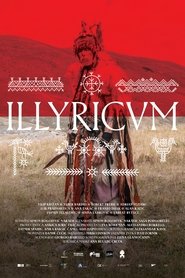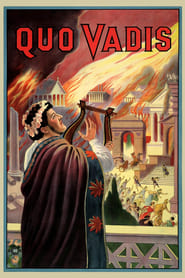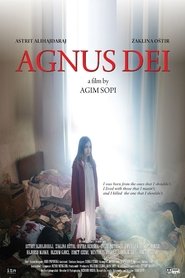kategori film bahasa latin
 The year is 37 BC A young...
The year is 37 BC A young...Illyricvm 2022
The year is 37 BC. A young Liburnian Volsus is taken by a Roman unit to help in what at first seems a simple task of collecting taxes, but the encounters with local Illyrian tribes soon lead to unexpected turns of events, as they show more resilience to subjugation than meets the eye. We see their archaic, emotional world of quaint and brutal laws and traditions through the eyes of this youngster, regarded by the Romans as a primitive barbarian, and gradually come to understand that their world is not all that different from our own.
 Ubi Sunt Porto Cartography of an...
Ubi Sunt Porto Cartography of an...Ubi Sunt 2016
Ubi Sunt. Porto. Cartography of an imaginary place attracted by the margins (social and geographical) Hybrid and eclectic project, it is the outcome of a audiovisual research residency of humam and urban exploration of an expanding city. Ubi sunt qui ante nos fuerunt?, meaning "Where are those who were before us?". Reflective essay on mortality and life's transience, it emerges from that dialectic, of a and episodic and fragmented structure with a choreographed cinematography; where the memory intersects the contemporary.
 In this film you will see...
In this film you will see...Libera me 1993
"In this film you will see a woman's handkerchief tied around a man's wrist, a well-shaven pig's head, some adolescents who are more inventive than their elders in struggling against oppression... You will not, however, hear any dialog. Words do not prepare, do not accompany, do not comment upon the action. This is not a silent film, but a film in which the only moment of life retained for the cinematographic spectacle are those where people do not speak. The spectator will find, perhaps, a greater freedom of interpretation in it and, we hope, a particular pleasure in this." (Alain Cavalier)
 Impressed by Jean Cocteaus rewrite of...
Impressed by Jean Cocteaus rewrite of...Oedipus Rex 1993
Impressed by Jean Cocteau’s rewrite of Antigone, Stravinsky asked the poet for an adaptation of Oedipus Rex. The resulting libretto brings together the key scenes of Sophocles’s tragedy translated by the Abbé Jean Daniélou into Latin—a language that, according the composer, “is not dead but engraved in stone, and so imposing that it is immune to any popularization”.
 Rome AD 303 Emperor Diocletian demotes his...
Rome AD 303 Emperor Diocletian demotes his...Sebastiane 1976
Rome, AD 303. Emperor Diocletian demotes his favourite, Sebastian, from captain of the palace guard to the rank of common soldier and banishes him to a remote coastal outpost where his fellow soldiers, weakened by their desires, turn to homosexual activities to satisfy their needs. Sebastian becomes the target of lust for the officer Severus, but repeatedly rejects the man's advances. Castigated for his Christian faith, he is tortured, humiliated and ultimately killed.
 During the latter years of the...
During the latter years of the...Quo Vadis? 1913
During the latter years of the reign of the tyrannical Roman emperor Nero, Marcus Vinicius, one of Nero's officers, falls in love with a young Christian named Lygia, attempting to enslave her. Lygia's protector, the noble and burly Ursus, works to save her from Vinicius' clutches. Pursuing Lygia, Vinicius finds himself at a catacomb prayer meeting led by the apostle Peter and finds his conscience stirring-- just as Nero orders Rome burned. A landmark in epic film, Enrico Guazzoni’s grand-scale masterpiece laid the foundations for what colossal Italian spectacles would become. The film had tremendous influence on Giovanni Pastrone’s Cabiria (1914) and D.W. Griffith’s Intolerance (1916).

 The film depicts how the Church...
The film depicts how the Church... Romulus and Remus two shepherds and...
Romulus and Remus two shepherds and... Expelled from paradise Lilith chooses the...
Expelled from paradise Lilith chooses the... Five tales of terror including cursed...
Five tales of terror including cursed... Based on a true story Agnus...
Based on a true story Agnus... When twins Nora and Nitas puppy...
When twins Nora and Nitas puppy... Requiem in D minor K 626 by...
Requiem in D minor K 626 by... Live performance of Verdis Missa da...
Live performance of Verdis Missa da... Experimental animationliveaction short by Duan Vukoti
Experimental animationliveaction short by Duan Vukoti A jealous man wants to uncover...
A jealous man wants to uncover...